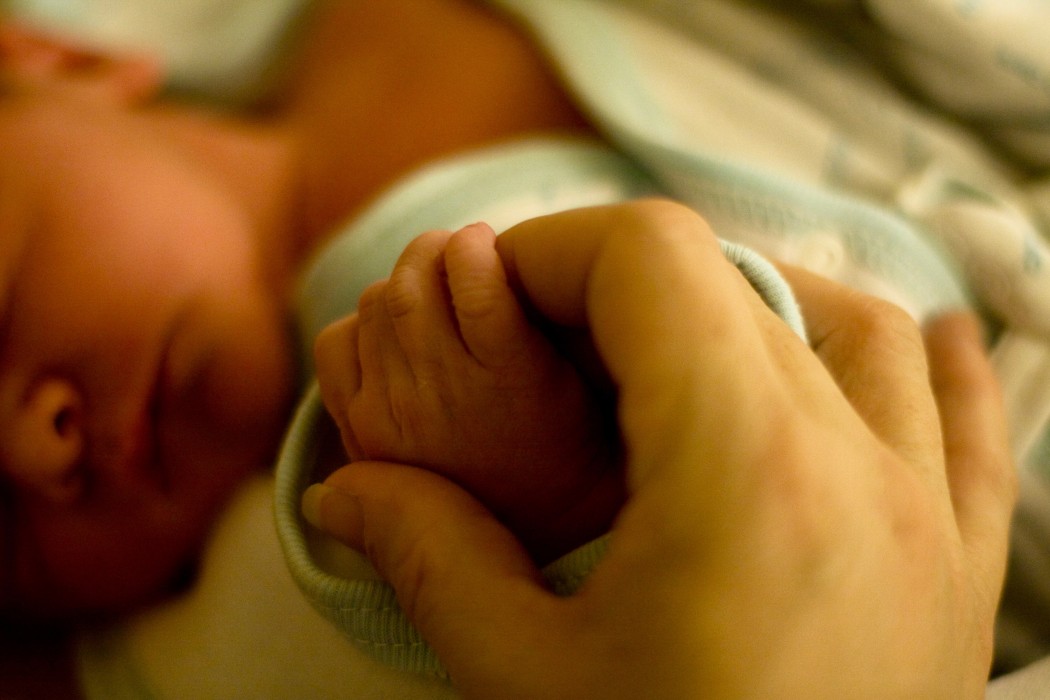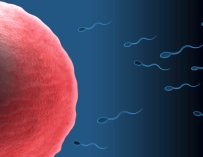Uterus on loan: the final hurdle in fertility medicine?
A woman gave birth last year, many are not aware of the medical and emotional significance of this particular birth. The Swedish woman in question gave birth with the help of a transplanted uterus, loaned to her by a family friend. After decades of research and numerous attempts, this proved to be the first successful birth with a transplanted uterus; other attempts around the world having resulted in rejection of the organ.
It is beyond question a sweeping breakthrough not only in the field of organ transplantation but also in fertility medicine, you could argue that it is the biggest breakthrough in fertility medicine since IVF. In essence, we now have the capability to allow women who do not have a uterus—or have one that is not viable for pregnancy—to carry their own child.
In the UK, it is estimated that 15,000 women of childbearing age do not have a uterus. Countless other women have undergone radiation therapy for cancer and have been left with uterine infertility. For these groups of women, the chance to carry their own child is becoming more tangible as approval has now been given to perform ten uterus transplants.
The science explained
The first successful story in Sweden, with hopefully many more to come, saw a uterus transplant followed by a mandatory year of monitoring. This was done in order to ensure rejection would not occur and to allow for immunosuppressant drugs to be taken to further reduce this risk. After the pregnancy and birth, the uterus was removed.
Where did the uterus come from? The uterus was donated from a live donor. Although it may strike as different to the typical organ transplantations (coming, for the most part, from brain-dead but heart-beating donors), the Swedish trials used live donors. The main advantage being the extended amount of time for pre-transplantation investigations, such as the ruling out of infection or abnormalities that might make the uterus non-viable for donation. There are also better survival rates associated with live-donor transplants, such as the case with kidney transplants.
That being said, the transplants being performed in the UK will be from the classically characterised donors I mentioned. The reasoning for this is simply, or not so simply, that the procedure itself is already highly complex. There are substantial medical risks to consider, utilising classic donors reduces the number of surgeries. To avoid using technical surgical jargon about vascular pedicles, the veins of the uterus have very thin walls with several branches, making cutting and reconnecting a very difficult process.
Do the benefits outweigh the risks?
Uterus transplantation is an intricate procedure that bears medical risks. It is not a life-saving procedure: these women are otherwise healthy and the procedure does not prevent or fix illness. To many sceptics, it is plainly a non-vital transplantation, or in other words, it is a quality of life-enhancing procedure. These women still have the ability to become mothers, with certain financial requisites of course: adoption or surrogacy. I believe to many people debating the ethics of the procedure, it is difficult for them to visualize the perceivable benefit over the perhaps more tangible risk.
A face-transplant is not a medical necessity either, but by many can be identified as an operation that can greatly enhance the quality of life of someone severely disfigured. And here lies the issue: many can identify a face transplant as greatly impacting quality of life—giving someone a face is possibly more discernible to some in meeting the definition of quality more so than the temporary transplantation of a uterus.
For many women, not being able to carry their own child is psychologically gruelling, the procedure is an enhancement to the quality of life of these women. It is not solely a case of having children or not, but about experiencing pregnancy. I am not a mother and I do not plan on getting pregnant any time soon, but I am able to discern that it is a very real burden for many women.
With a transplantation that can eliminate emotional distress during an era in which we are increasingly adding to the expanding collection of transplantable organs, why the scepticism? We are now transplanting faces and hands and there is a body of evidence confirming uterus transplantation is viable. Why not alleviate suffering and let a woman consent to carrying her own child?























Related Articles